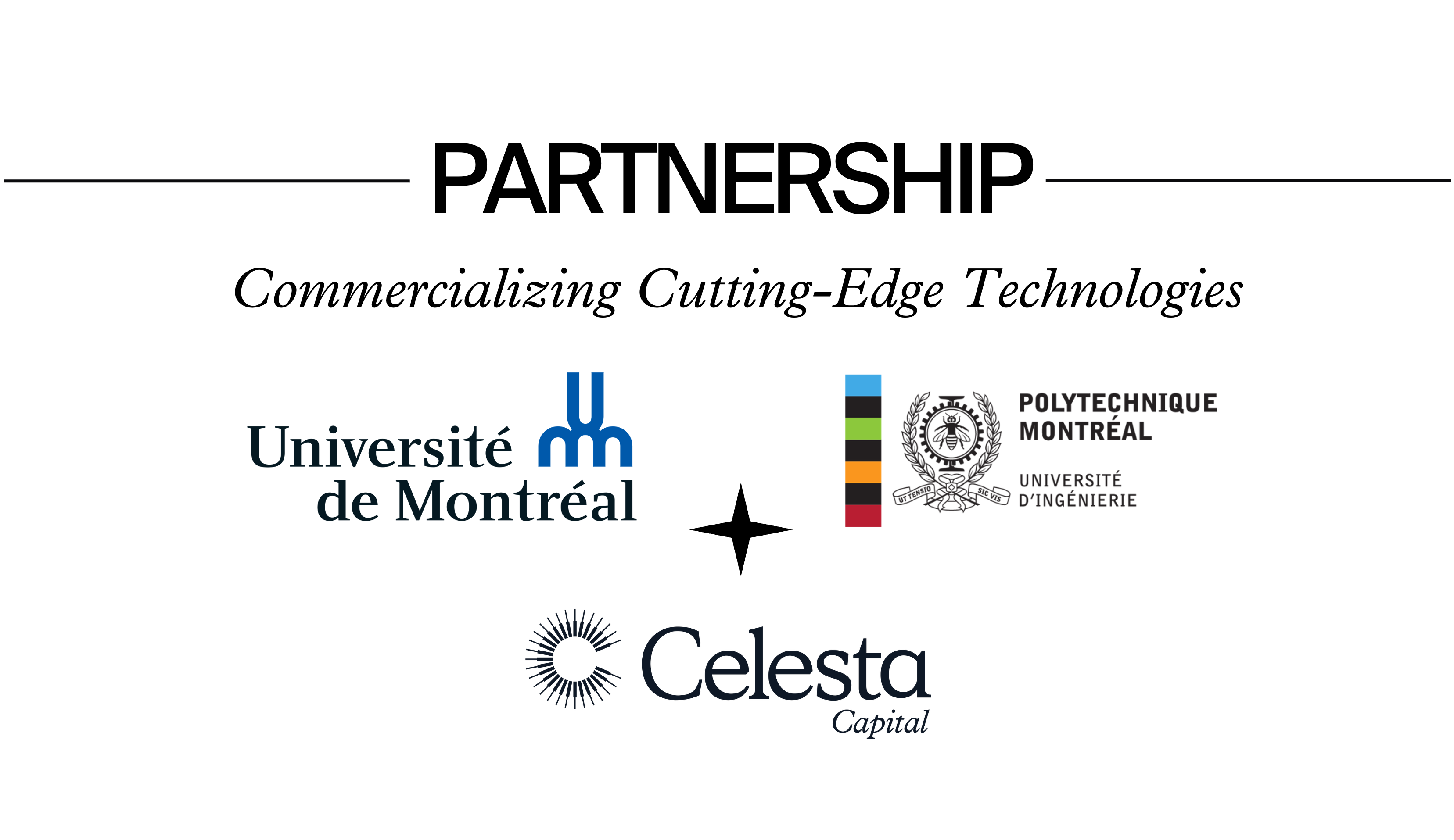NextGen Tech: Boom Supersonic CEO & Founder Blake Scholl
NextGen Tech: Boom Supersonic CEO & Founder Blake Scholl
Blake Scholl is the Chief Executive Officer at Boom Supersonic, which he founded in September 2014, with the goal of making the world more accessible through mainstream high-speed travel. Prior to founding Boom, Blake held leadership roles at Amazon and Groupon, and co-founded the mobile technology startup, Kima Labs.

Blake Scholl is the Chief Executive Officer at Boom Supersonic, which he founded in September 2014, with the goal of making the world more accessible through mainstream high-speed travel. Prior to founding Boom, Blake held leadership roles at Amazon and Groupon, and co-founded the mobile technology startup, Kima Labs.
What do you do at Boom Supersonic?
If you've heard of major airlines like United and American ordering supersonic passenger airplanes, Boom is the company building those aircraft. The world is more global than it's ever been, and yet we’re held back from exploring it to the fullest because flights are slow, inconvenient, expensive, and not environmentally friendly. Our goal at Boom is to pick up where Concorde left off with its 1960s technology, and to reintroduce supersonic passenger travel, doing so in a far more accessible way.
Our airliner, which we call Overture, is an all-business class supersonic aircraft that's profitable for airlines at about a quarter of the price of fares that were charged on the Concorde. As we speak today, we've already built, ground-tested, and are days away from flying our supersonic demonstrator aircraft called XB-1, which is history's first independently developed supersonic jet.
What is new or innovative about Boom’s take on supersonic air travel?
The Concorde was built 60 years ago using slide rolls, drafting paper, and wind tunnels. Fast-forward well over half a century, and today we've changed everything about airplanes with one exception—how fast they fly.
With Overture, we will utilize new materials, like carbon fiber composites. We've got advanced aerodynamics that can be optimized through computer simulation and machine learning. Our engines are significantly cleaner, quieter, and more fuel-efficient. Global travel has become more commonplace than ever, and we've learned a lot about what it takes to achieve product-market fit in supersonic flight.
We’re building an airliner—and passenger experience—that people are going to want to fly over and over again. Doing this in a way that is both economically and environmentally sustainable, and will allow passengers to travel hundreds of routes across the planet at two times the speed of today’s passenger airplanes. Overture will unlock a world of new possibilities for airlines, and their passengers.
Which technologies are propelling this advancement in supersonic aviation?
Compared to the Concorde, three innovations set us apart: aerodynamics, materials, and propulsion.
In aerodynamics, we use digital wind tunnels (software for rapid simulations) instead of slow, expensive physical models. This allows for more sophisticated shapes that minimize drag and boost fuel efficiency. Our materials have moved from metal to lightweight, precise carbon fiber composites, enabling the creation of refined designs at remarkable structural accuracy. And in propulsion, we use efficient supersonic intakes to feed air to advanced engines, including our custom-built, Symphony turbofan. Symphony will be a powerful yet quiet engine that uses state-of-the-art materials to deliver greater efficiency and reliability.
What is your long-term vision for Boom?
Ultimately, our goal is to make sustainable supersonic flight available to all passengers, on all routes. I believe that in the next few decades, we are going to see supersonic replace subsonic as the mode of air travel for all passengers flying any significant distance. Paralleling the development of electric vehicles, Boom will start with a demonstrator aircraft, XB-1, and then move to our business-class airliner, Overture, before expanding the market with further models. This gradual progression will ultimately reshape the entire airliner market, not unlike how jets eventually surpassed propeller planes back in the Jet Age.
At Boom, we believe faster, affordable, and sustainable supersonic travel will break down barriers and connect the world like never before — transforming global interaction.
At Boom, we believe faster, affordable, and sustainable supersonic travel will break down barriers and connect the world like never before. It's more than just speed; it's about the future of human connection across the globe.
How does Boom approach the importance of safety issues?
Safety is fundamental to everything we do at Boom. We believe that you build safety into an airplane by first building it into your culture.
One of the key reasons that we built XB-1 as a human-piloted airplane was to develop our safety technology and more importantly our safety culture. For example, the XB-1 team has a standup meeting every day at 7 AM. The first question for the entire group is, "Did we have any safety or quality issues yesterday?" We reward talking about safety openly and often, so issues can be surfaced and resolved. We also benchmark safety every six months to ensure that we're exceeding standards set for ourselves and those applied to the industry.
What do you think about the trade-off of speed and accelerating the business versus the need to be conscious of safety and regulation?
Balancing innovation and safety in aviation is possible, but it requires a strategic approach. At Boom, we have two teams: the Experimental R&D group that pushes boundaries with demonstrator aircraft like XB-1, fostering faster iteration and exploration, and the Production group, who focuses on building reliable commercial aircraft like Overture.
Fostering a culture that values both innovation and safety is crucial. This means recognizing the different subcultures within the company and harnessing and integrating their unique strengths for success.
What milestones are coming up for the company?
2024 is a breakthrough year for Boom. Soon, we’re going to fly XB-1 for the first time. That's not just a big moment for Boom, it's a big moment for aviation because XB-1 is the first-ever independently developed supersonic jet.
This Spring, we'll be opening the doors of our Overture Superfactory in Greensboro, North Carolina The Superfactory, Overture’s final assembly line, is a 180,000-square-foot, $100-million facility funded by the state of North Carolina, for which we’re incredibly grateful. We'll start test manufacturing there before the end of the year.
Mid-year, we'll be taking everything we've learned from the XB-1, and going pencils down on the design of Overture. We've already built out the majority of the supply chain for Overture, working with the best suppliers in the world, and who develop and build components for major global aircraft OEMs. Finalizing the design will then pave the way for our suppliers to launch their manufacturing processes.
Do you have any advice for other founders that you might want to pass along?
The number one thing that keeps me going is having a mission we deeply believe in, which is to make the world dramatically more accessible. Supersonic flight is not about being cool, going fast, or some technical achievement – it’s about improving human connections across global borders. It's about opening up what we can do in the world. That is a worthwhile way to spend my life, and I'm very lucky to have found that our customers, passengers, and team members are also passionate about Boom’s mission.
What we've set out to do is hard. Success is not guaranteed. There are a thousand ways we could fail. But when we have a setback, because we believe in what we're doing, we get back up and find a way forward. I'm surprised at how often a setback turns into a far better opportunity when we find a plan B solution.
We encourage our team to stay resilient. Disrupting aviation is not for everybody, and you really do need to have a passion for our mission to endure the complex problems, long hours, and extended development cycles.







